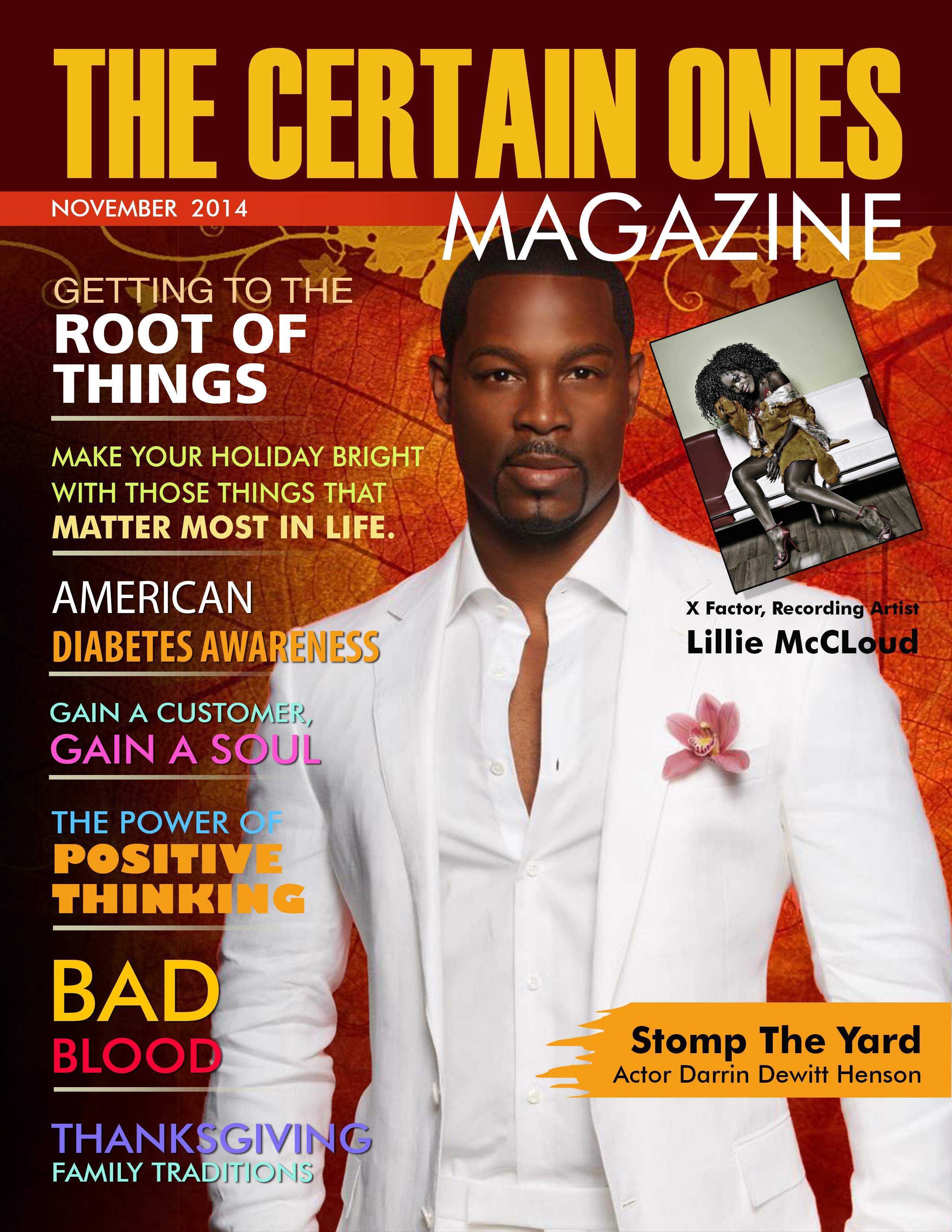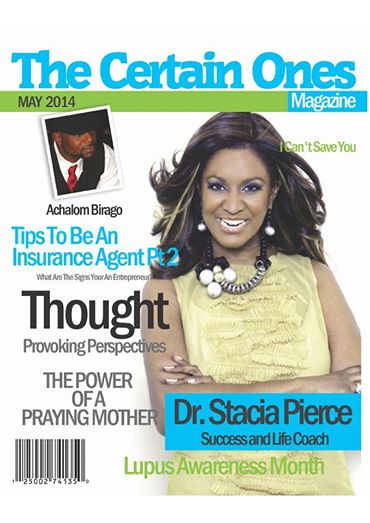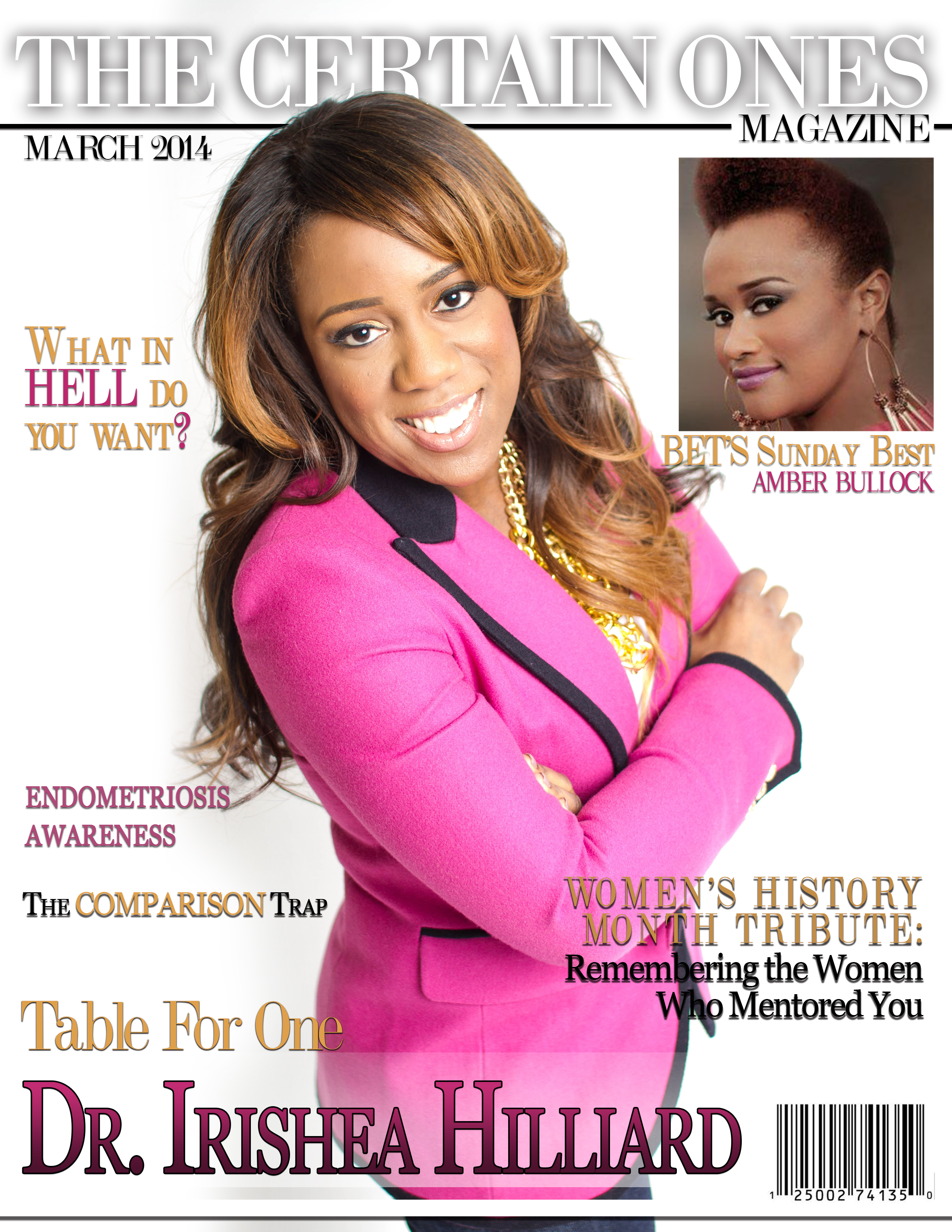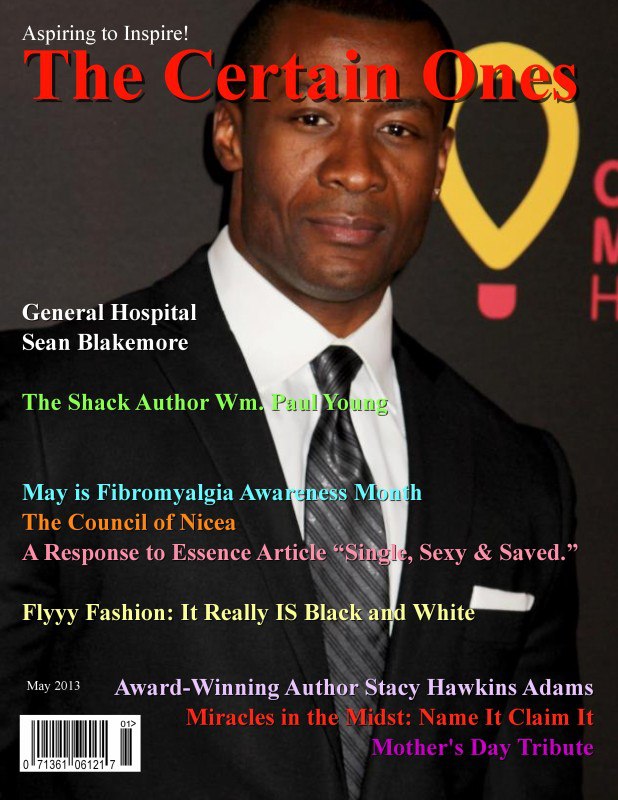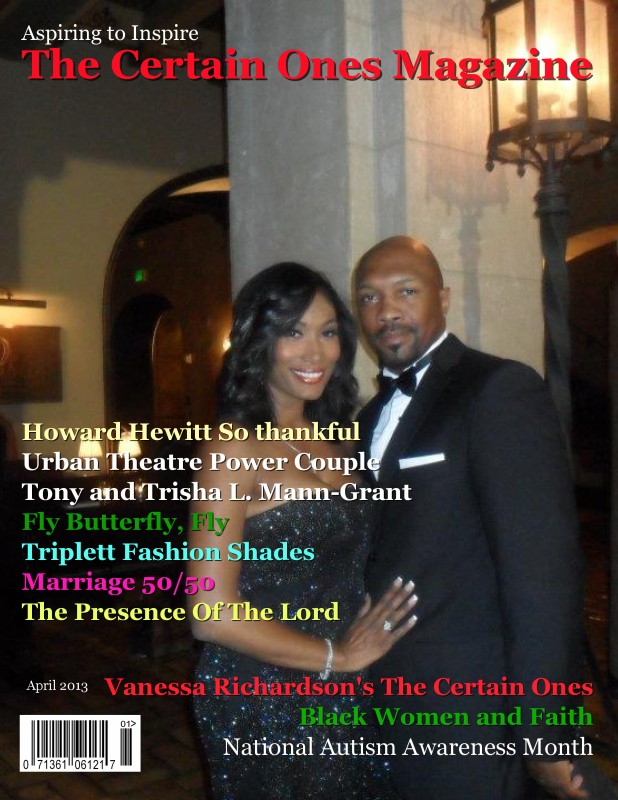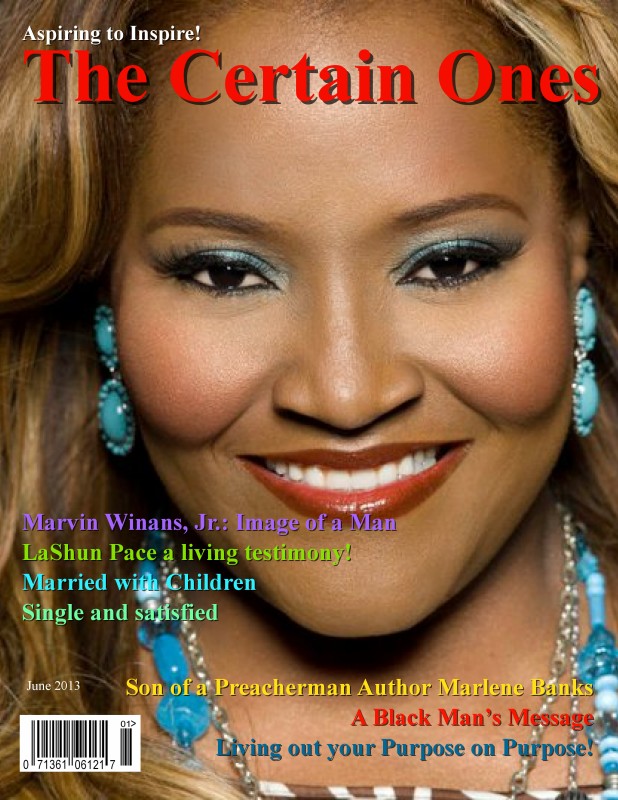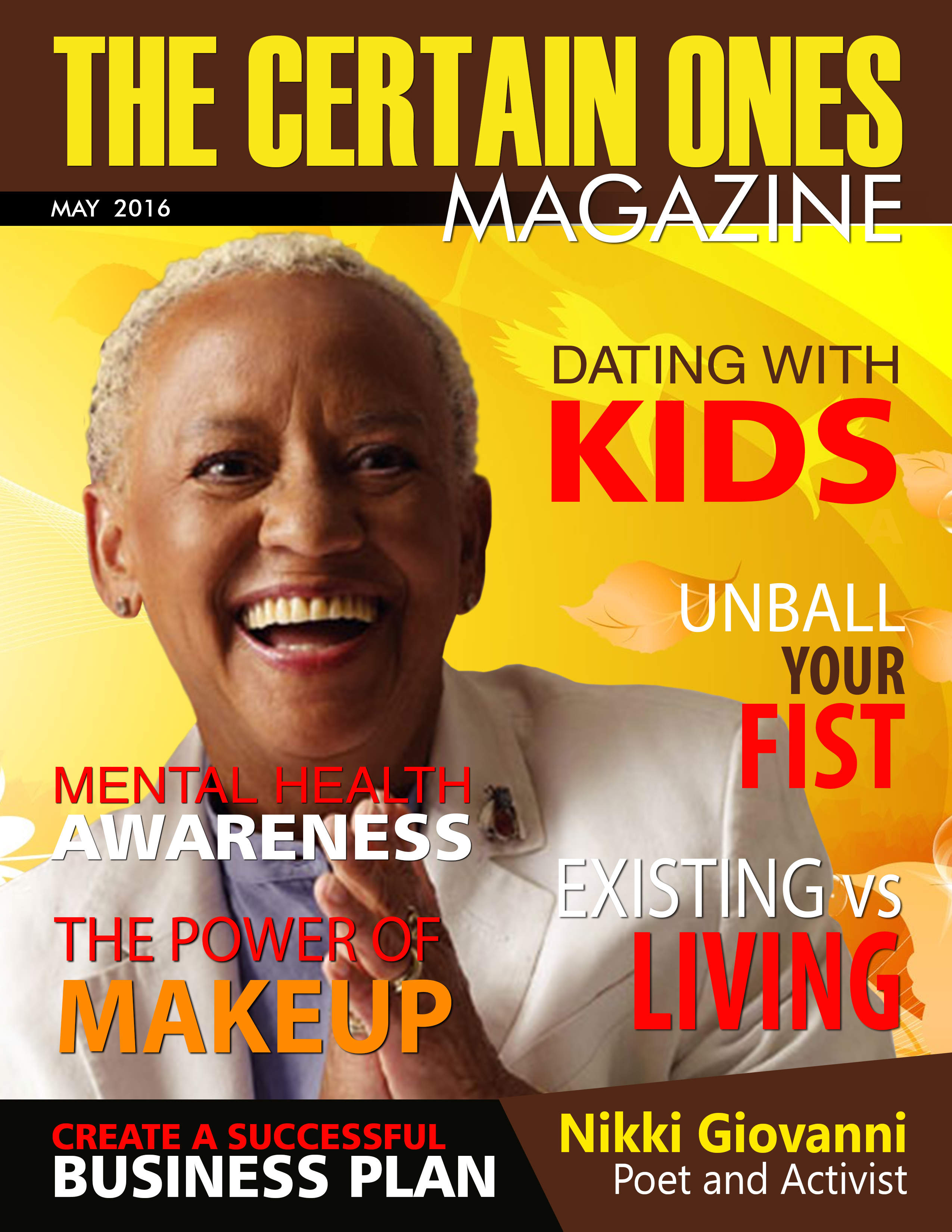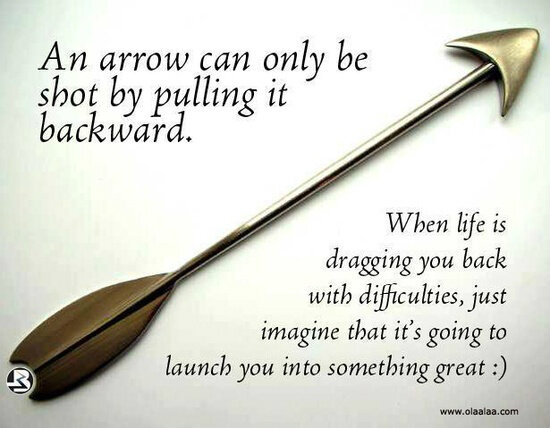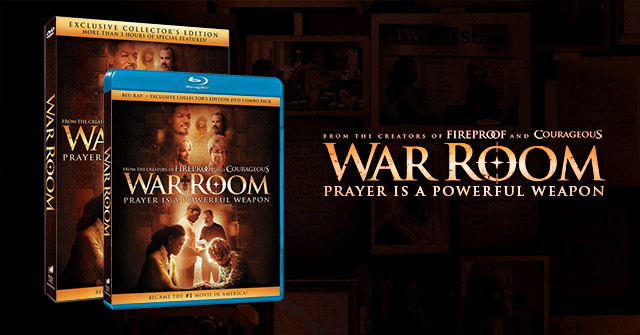Posted by The Certain Ones in Business | 0 Comments
Personal Branding Checklist Presentation Alisha Broughton
Article by Dr. Alisha Broughton
This is a checklist of items you need for an all-encompassing personal branding strategy. Personal branding is the process of marketing and selling yourself as a brand in order to gain success in business. Personal branding is a continual process just as knowing yourself is a continual process. As you grow, so does your brand. The need for personal branding arises from the fact that globalization has increased competition in the workplace. As the wheat is separated from the chaff, if you are left standing, you are left standing with others of good caliber. The playing field is now that much more challenging since your competition is as good as, or better, than you.
 To paraphrase David Samuel, the bloke who got me into personal branding after I saw him speak a few years ago; he spoke about of why you need personal branding. His audience was a group from a large telecom:
To paraphrase David Samuel, the bloke who got me into personal branding after I saw him speak a few years ago; he spoke about of why you need personal branding. His audience was a group from a large telecom:
“If we were to classify people based on aptitude, they are A’s, B’s, C’s, and D’s. Because of globalization the Cs and Ds have been outsourced. They’re gone. All that’s left is you. You are now in competition with a bunch of A’s and B’ s. You are now clamoring for attentionamongst a talented group of people. How do you now get noticed? How can you shine and be recognized for additional opportunities? How can you be successful when everyone around you is just as talented, or more so, than you? If everyone around you is capable and of A or B caliber, how do you compete with that?”
You build a personal brand and sell it. You sell not just yourself, but your brand, to your superiors, or clients in the case of contractors and consultants.
The same reason people buy Coke instead of Pepsi, or American Eagle instead of Abercrombie & Fitch where the products are extremely similar, is because of the brand. The public perception of the company’s product is created and marketed in such a way as to enhance the product, or even be the product. Soda is soda, pop is pop for those of us with less-sensitive taste buds. The similarities end, however, when you compare Coke versus Pepsi. Even taste tests are meaningless; it’s the brand that sells it.
Checklist
1. Know what you want
2. Be able to articulate what you do
3. Elevator pitch
4. Be positive
5. Have a blog / website / MySpace, or other online presence
6. Business card
7. Multiple e-mail addresses
8. Phone
9. Signature
10. Logo
11. Personal logo
12. More than one resume
13. Mentor
14. Networking outlets / contacts
15. Wardrobe style
16. Multiple IM accounts
17. Alias
18. Mantra
19. Speaking and PowerPoint template
20. Passion
Let’s start with some brief definitions.
Checklist Definitions
1. Know what you want: Identify what you want, and start walking toward it.
2. Be able to articulate what you do: When someone asks what you do, answer them immediately with a clear, concise, and confident response.
3. Elevator pitch: Be able to describe who you are and what you do in the time it takes to ride an elevator.
4. Be positive: Be positive.
5. Business card: A 3×5 piece of paper or mini-CD that has your personal contact information clearly printed on it.
6. Have a blog / Website / MySpace, or other online presence: Get your brand online.
7. Multiple e-mail addresses: Get more than one e-mail address.
8. Phone: Get a phone.
9. Signature: Your signature is who you are, your title, and your contact information. You should put this on everything you touch.
10. Logo: A visual image that positively identifies your brand.
11. Personal goals: Set goals for yourself that help you reach what you want.
12. More than one resume: Customize your resume to the potential employer or client.
13. Mentor: Find a guru and have them teach you.
14. Networking outlets / contacts: Continually develop your network by attending industry meetings and conferences.
15. Wardrobe style: When you are going to be near people who you wish to sell your brand to, dress to impress.
16. Multiple IM accounts: Get more than one IM account.
17. Alias: Obtain a positive nickname.
18. Mantra: Collect sayings that enforce your brand.
19. Speaking and PowerPoint template: Speak about what you do and have a hot-looking PowerPoint template to show.
20. Passion: Love what you do.
Thorough Definitions
Now, let’s get more thorough in our definitions.
1. Know What You Want
The most important thing is to know what you want. If you have a clearly identified target of desire, you can walk that path with confidence.
One of the biggest problems with management is the delegation process; the process where someone in the position of authority asks someone else they are in charge of to accomplish a task. The delegation process is a series of steps that must be followed in order to ensure success. The first step is personal: “Know what you want.” If you don’t know what you want, you cannot articulate to others how to accomplish the task, because you don’t know what it is. You are setting them up to fail because you cannot define success. If you don’t know what you want, you’ll be walking in aimlessly with no purpose.
Identify what you want, and start walking towards it.
2. Be Able to Articulate What You Do
When advertising a product, people need to be able to identify what the product is to garner context. Sometimes this works in reverse where by not advertising the purpose, you create a mystique that has been proven effective. This doesn’t work, however, when you are meeting someone new for the first time, and they ask what you do. Simply saying, “Jesse Warden, man of mystery” doesn’t accurately portray what I do. The business world revolves around work. While jobs may decrease, the amount of work will not; there is always work to be done. You are a cog in the machine, whether corporate or independent, and you want to sell yourself as an effective part of that whole.
By giving a clear, concise description of what you do, the other party immediately can identify an applicable value if any. If they are a potential employer or client, you want them to have this clear impression of you. If they don’t have an immediate need for your skills, they may later. They will remember you and what you do later if you left a good and clear first impression. “I remember that networking engineer that I met at that conference; she’d be a good candidate for this opportunity.”
The interest in what you do is at its apex when the other party asks; be ready to immediately answer, and thus take the most advantage of it. This also sometimes spawns additional conversation, which in turn leads to more rapport-building opportunities.
If you cannot articulate what you do, others will perceive it negatively. It doesn’t matter if you’re the hottest C++ programmer out there; if the other party doesn’t get that from your description, they have no knowledge of that. They’ll think things like: “He’s some type of developer.” If a C++ job comes up, they are more apt to immediately think of the person who accurately described that they coded C++ first.
“What do you do?”
“Yeah, I like do computer stuff…”
versus
“What do you do?”
“I live, eat, and sleep programming in C.”
In addition, not being able to articulate what you do presents a host of other negative perceptions. It makes you sound inarticulate. Communication is key in globalization and in business in general. It’s a flawed process to begin with; someone who is good at it immediately has perceived value and personified charisma. Finally, trust is conveyed if you quickly and confidently describe what you do.
When someone asks what you do, answer them immediately with a clear, concise, and confident response.
3. Elevator Pitch
Now that you know what to say, how do you say it? You use an elevator pitch. An elevator pitch is a short description of who you are, what you do, and it’s spoken in the time it takes to ride in an elevator with someone – usually three sentences. They are designed to be short so you can quickly and effectively describe who you are and what you do. If you meet an important person in passing and are in the elevator, this is one scenario. Another is when someone, who may have a potential opportunity for you, is at a conference or meeting. You could utilize the 20 seconds after the meeting to introduce yourself and create a good, informative first impression in a limited timeframe. It’s called a pitch because you are trying to sell yourself to the other person. That also means this can change depending on who you are talking to. Just like sales pitches can change based on the audience and demographic, so to can elevator pitches. It helps if you can figure out a little about the other person before you give your pitch. You often can’t, so don’t plan on it. If you can, make the most of it.
“Hi, my name is Jesse Warden.”
“What do you do, Mr. Warden?”
“I’m a computer programmer.”
“Oh really? I used to work in the IT division. What type of programming do you do?”
“I specialize in Adobe Flex, which creates Rich Internet Applications. I typically work with server-side developers as well as designers in various design agencies. Working with a variety of people who have different skill sets rocks!”
I like to add my feelings so people immediately know I am passionate about it. That’s just my style. Your elevator pitch should show your style as well, if applicable. I like to talk, a lot. Therefore, elevator pitches are hard for me. I want to spew details to people. However, it is best to give them the synopsis, and let them ask for more details.
Remember:
· Who you are
· What you do
· What type of industry
Be able to describe who you are and what you do in the time it takes to ride an elevator.
4. Be Positive
No one likes negative people. People like positive people. If you are positive, people will want to work with you. A positive attitude implies you can provide solutions, will be successful when thrown into the fire, and will generally raise the morale of those around you.
Be positive.
5. Business Card
While old school, it’s still effective. Business cards should be personalized without being annoying. It’s okay to have a weird shape, for example, but the card better fit in someone’s wallet. If not, they will immediately have a negative impression of you. Those little CD ones are hot and will make people think you’ve got it together.
Having your first and last name, professional title, company name if applicable, phone number(s), e-mail(s), and Website on your card are the bare minimum. These help drive people to your Web presence. They, too, should match your brand. If you are a Spartan, clean, no nonsense programmer, a clearly readable and Spartan card that matches the style of your Web presence, if any, should match.
Misspellings are unacceptable. If you accidentally printed out 300 cards with the wrong e-mail, take the loss and get it done right. It’s unprofessional to get a card with a verbal disclaimer.
“Just ignore the top number… it no longer works, use the bottom.”
…bad, bad.
A lot of local FedEx, Mailbox Etc., and others can make a large number of custom business cards, cheap. Cheaper than Kinko’s, too!
Finally, your Website can go down. A business card doesn’t require a server, nor power to be viewable; it’s just paper and ink, and that works reliably on its own.
6. Blog /Website / MySpace Page
Being accessible anywhere, anytime is now technologically possible. In the past, you’d slip your business card to someone, hoping it wouldn’t get lost in their already overflowing wallet; they’d see it, and remember to associate the card with the hopefully good impression you made.
Now, you can have who you are immediately accessible to anyone with an Internet connection. A personal Website allows you to collect the good things about you in one accessible place. You can then use that as a tool whenever you travel…and it’s larger than 3×5.
“Do you have a resume?”
“Do you have examples of your work?”
“What type of work have you done in the past?”
All questions can be answered verbally, via IM, or even phone by:
“Sure, just point your laptop’s Web browser you have open there to www.jessewarden.com.”
The best is if you have a previously prepared Web page that showcases your work nicely. You can then guide the potential employer/client through your site. Self-guided are cool as well. A lot of designers have portfolio sites, Websites that showcase their design work online. They can both stand alone, allowing anyone to see their work without any handholding, or used onsite during an interview in a guided presentation.
You can also upload multiple resumes to your Website to be always available. It’s just really handy to have all of that in one place. Depending on your industry, any associated files and documents can be there as well, either hidden (non-linked to) or protected so only you can access them. There are many sites out there devoted to storing your data, but this is stuff you want people to see so it’s okay if it’s found.
A blog is great too. It shows a history of you writing about your industry. That immediately sends a powerful statement. It implies you are knowledgeable in your industry, if not a cut above the rest, if you can write a lot of content over a long period of time. You will also have a long record that can showcase your vast amount of knowledge and even growth in the industry. If you have multiple blogs, one for personal stuff and one for professional postings, it’s easier because you don’t have to explain away personal posts that may be uncomfortable to talk about in an interview.
Remember, you’re never sorry for something you didn’t say. If you said it on the Internet, you can be sure it’s saved, somewhere. People have been pretty harsh about such things on the Internet since there is more accountability for what you write being in the public domain as it were. That said, those of us in tech recognize and appreciate things in context, and should take that into account. Most don’t, so be warned.
Blogs are also nice because of their communal nature. If you have a comment to show, this gives the impression that you are involved in the industry. Again you are being perceived as knowledgeable. Comments that show positive feedback or thanks are even sweeter. You can even play on the negative ones if you responded in a professional way, attempting to initiate a dialogue or a healthy debate. Leaving comments that point out weaknesses in your arguments or are just plain corrections on your inaccurate reporting show that you are not afraid to admit you’re wrong, and have documentation of such. Anything racist, offensive, or politically incorrect should be deleted unless it applies to the industry you are in. Some people don’t understand that an anonymous commenting system allows anyone to comment, and yet they can hold you accountable for content on your Website. I feel the risk is worth it, though.
Why pay for Website space when places offer it for free? Why go through the laborious process of setting up a blog when many services exist that make it easy to set up and handle all the spam and hacker issues for you? To me, people who do that are effective, not lazy. In a day and age where time is precious, and attention sparse, anything that helps you get things done quicker seems good. Effectively using those tools to develop your brand seems like a good thing. Web mail, too, is nice versus a domain-specific one. Get your brand online in some fashion.
7. Multiple E-Mail Addresses
While it can be a pain and cause confusion to clients, it’s worth it, even if you only advertise one. If your mail server goes down, you can at least be in e-mail communication via another e-mail address. In addition, you don’t have to use work e-mail for job offers that could get you fired.
You don’t have to let everyone know all of your e-mail addresses. You can tell clients which one you want them to use, and friends the rest. E-mail filters, however, will triumph over these efforts.
Finally, some e-mail addresses can have more than one purpose. For example, I have a Gmail address not just for the spam filtering and Web browser access, but because I can check it through my cellphone’s Web browser.. Flickr has a creative use of this. You can send an e-mail with an attached image to an address they give you for your account. It’ll extract the image from the e-mail, and post it to your Flickr account.
8. Phone
Having a phone is good for many reasons. First, e-mail and IM conversations aren’t that great. They are not as effective as actually talking to the person. If you can’t talk in person, voice communication is the next best thing. Having yet another way to be accessible via a decent form of communication is a good thing. Phone calls are instantaneous, assuming you’re awake and your phone is on, garnering immediate results. You have opportunities to use the aforementioned tools like your elevator pitch, as well as being positive and passionate over the phone. It’s hard with shoddy cellphones not to interrupt people sometimes, but that’s the nature of the beast.
In addition, text messages have the benefit of being quiet. If you are in a meeting or someplace where you cannot make a phone call, a text message is a way to communicate using the same device. They are quicker on some phone networks, and more reliable than multimedia and e-mail messaging (at least at the time of this writing). You can use one hand, and immediately pause mid-typing without being rude. The send / receive methodology allows you to send a quick message and go do other things while the message is being responded to. The latency can work in your favor.
Get a phone.
9. Signature
Next to knowing what you want, I think this is the most important, regardless of the industry. Your signature is what identifies you. People associate your signature with you, thus it is a direct reflection of you. Signatures give context to who you are, and provide people with valuable information, namely, an e-mail address and Website. When people are searching on Google for answers to their questions, they may come upon a forum posting or archived e-mail list thread where you answered the question they are seeking answers for. If your signature stands out, you’ve just gained a new fan.
Dr. Alisha Broughton can be contacted at www.unlimitedex.com









